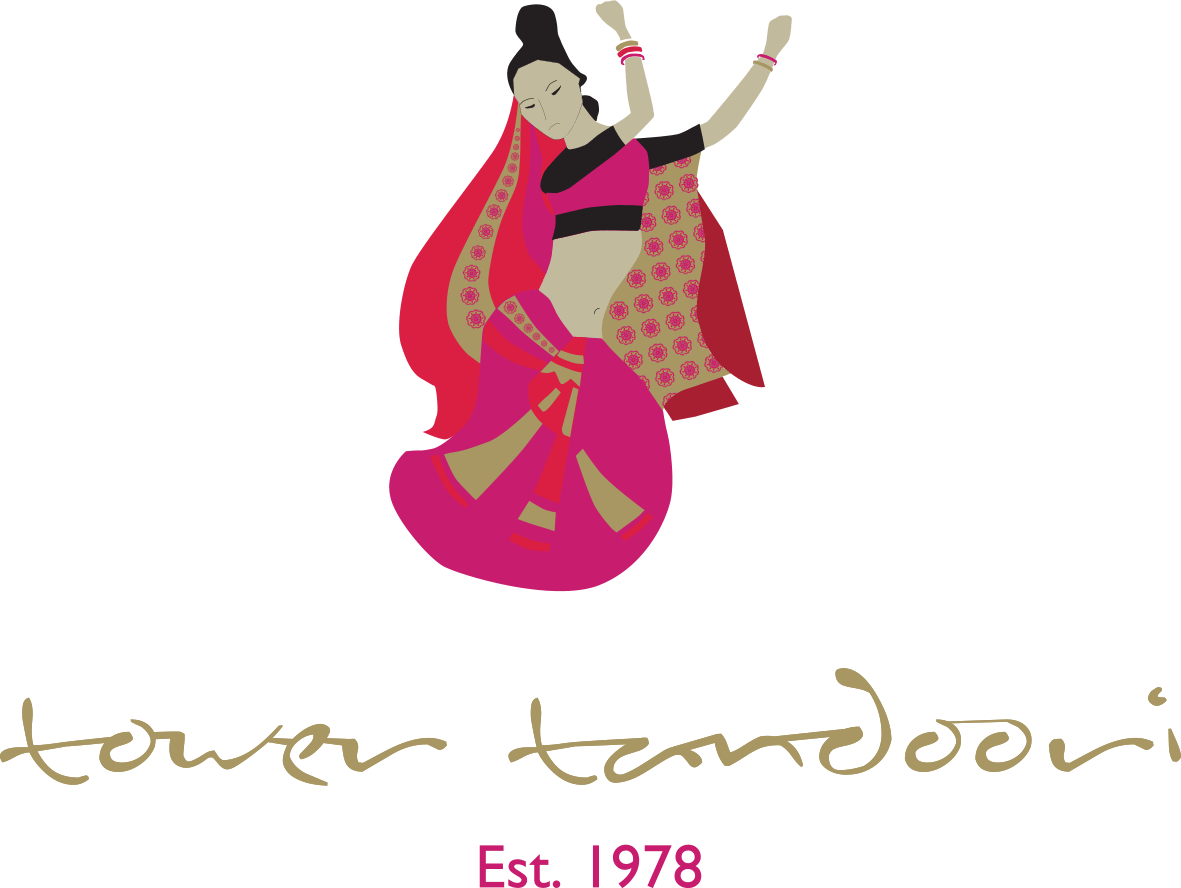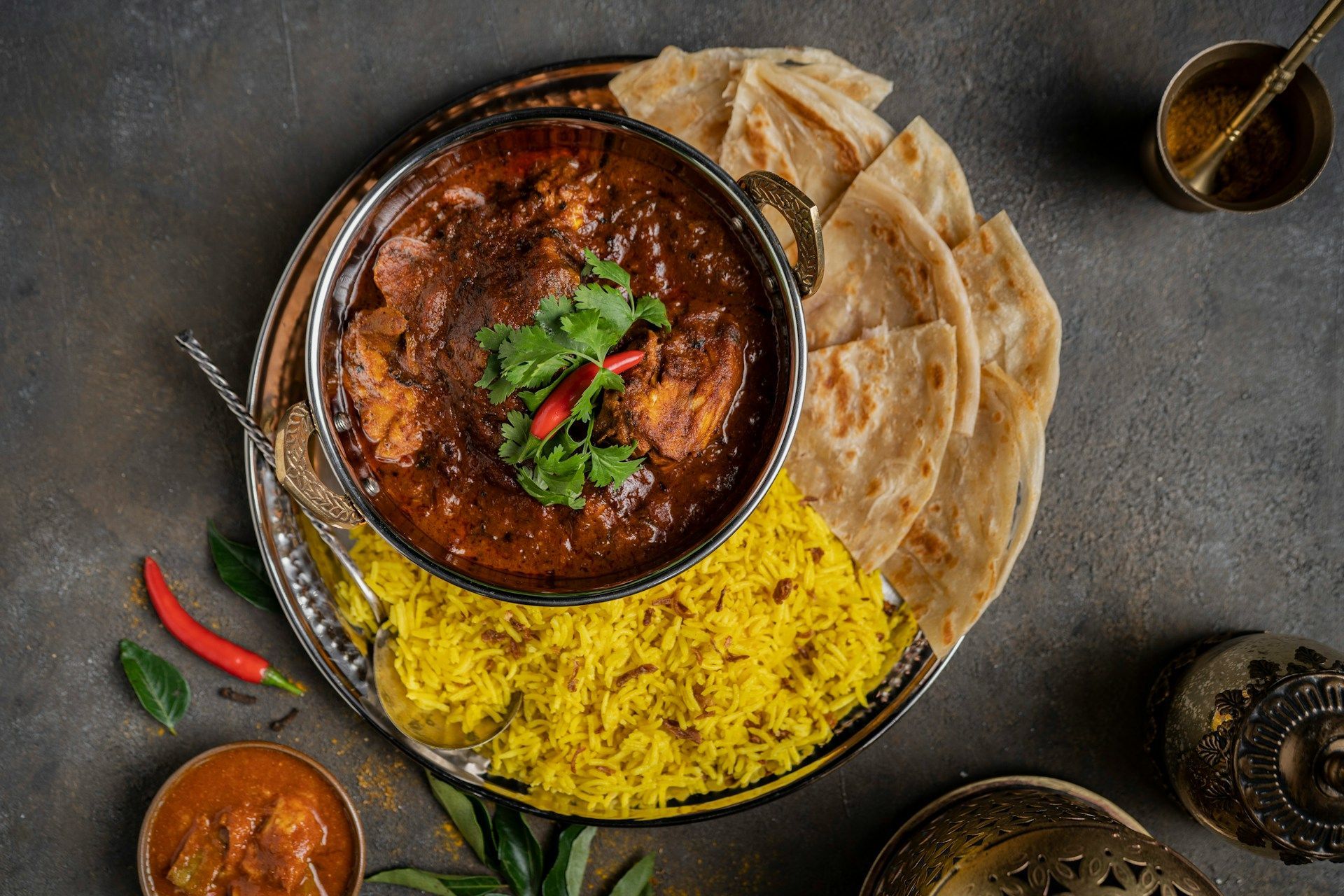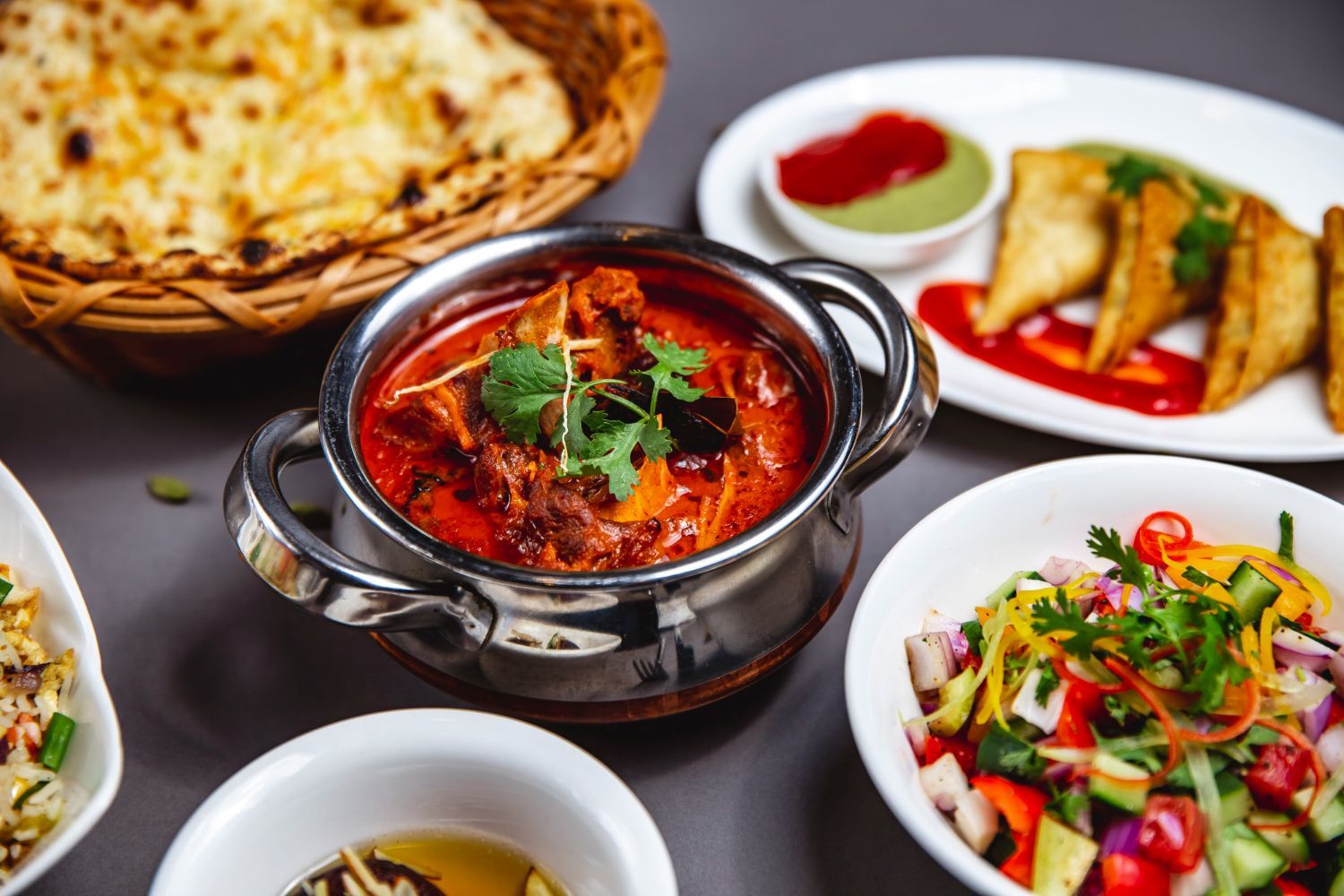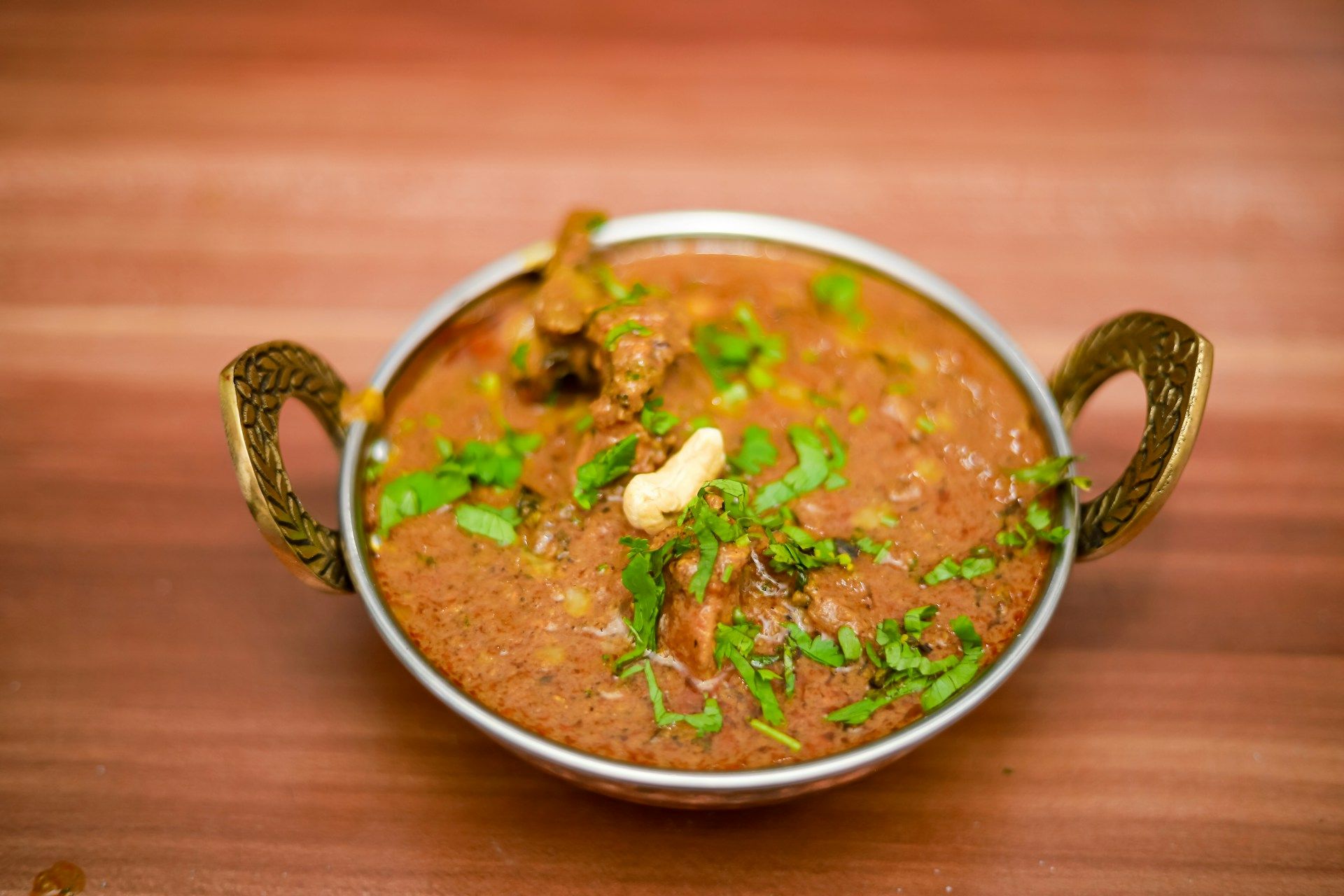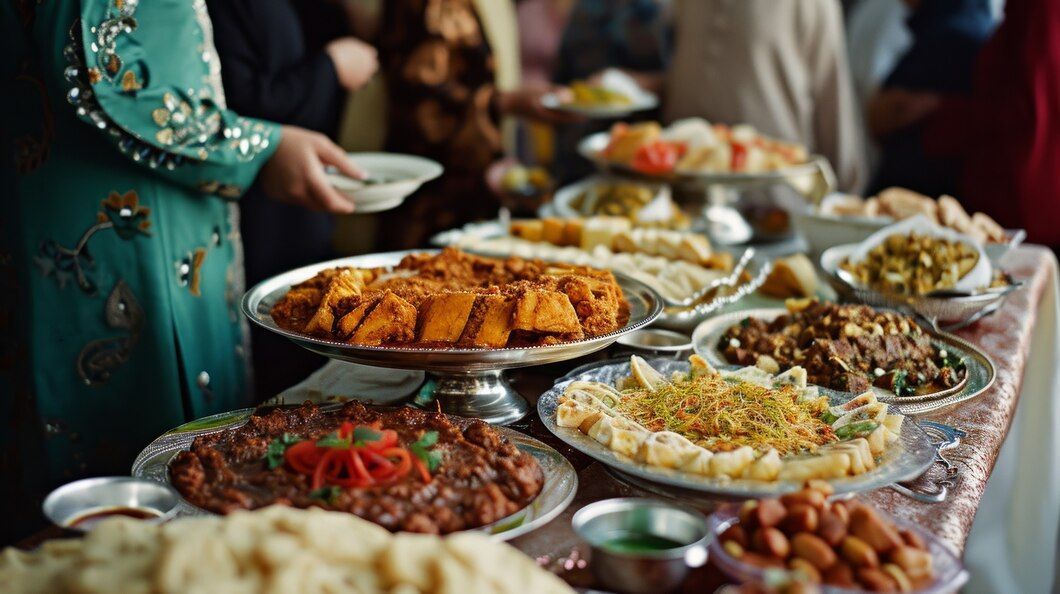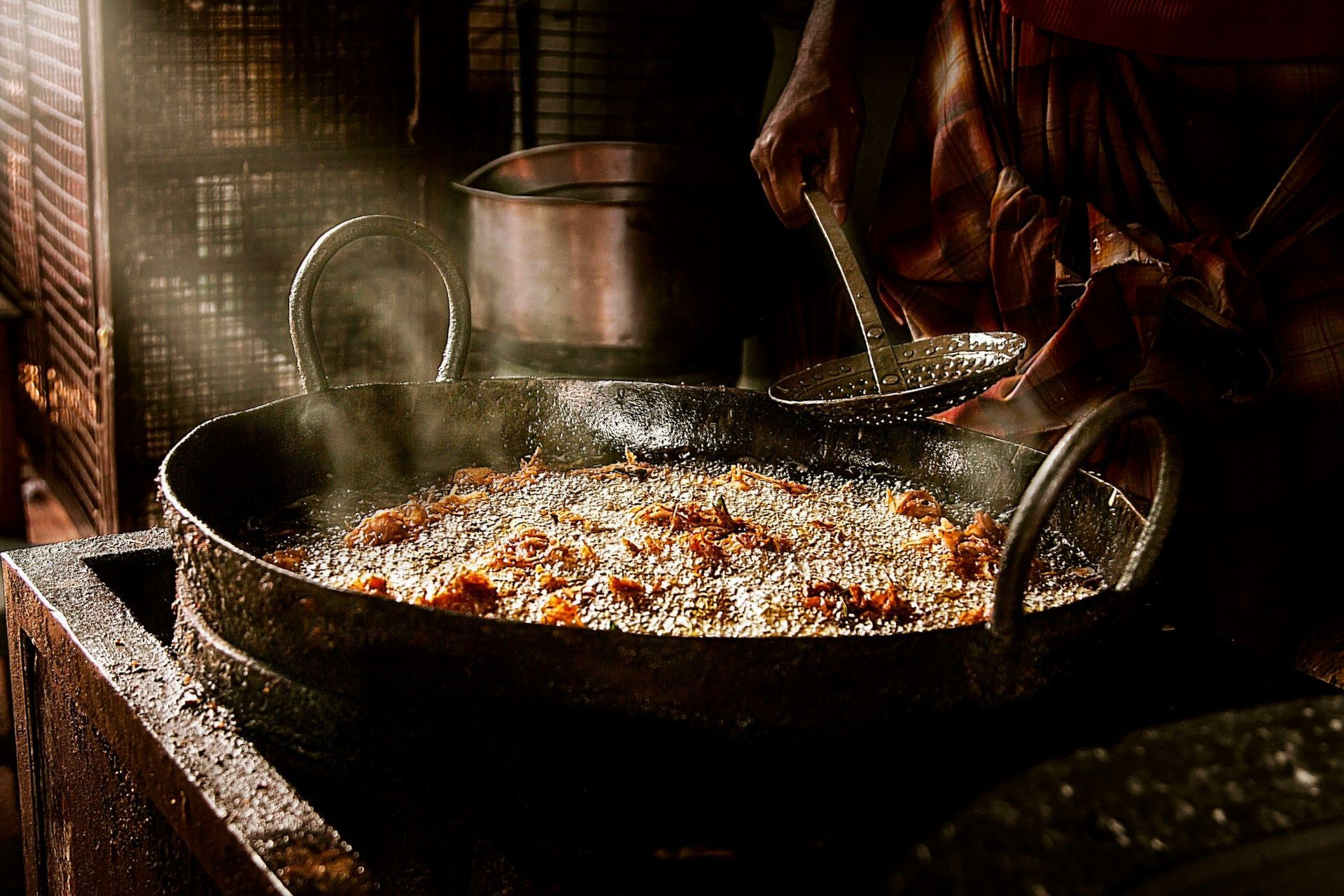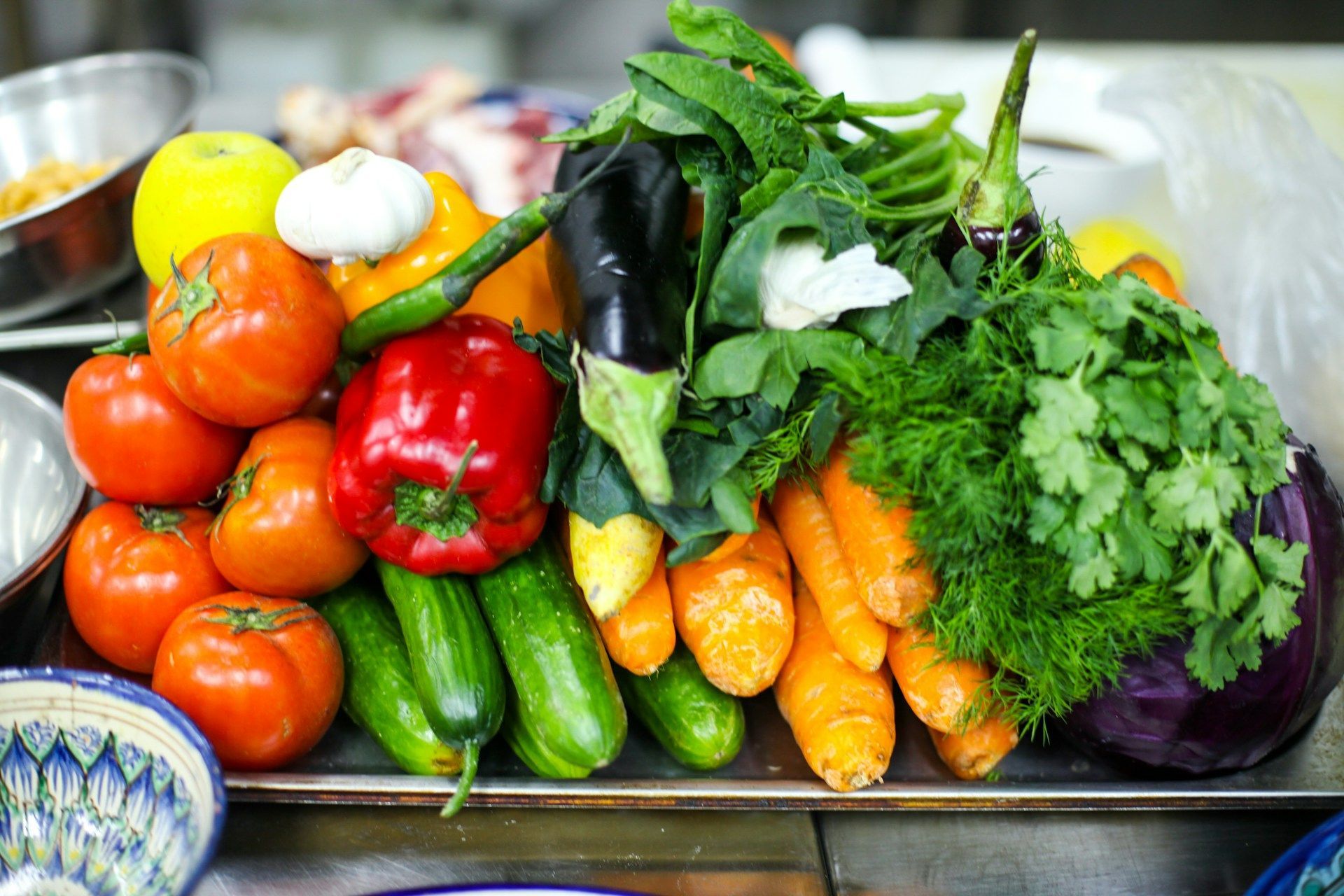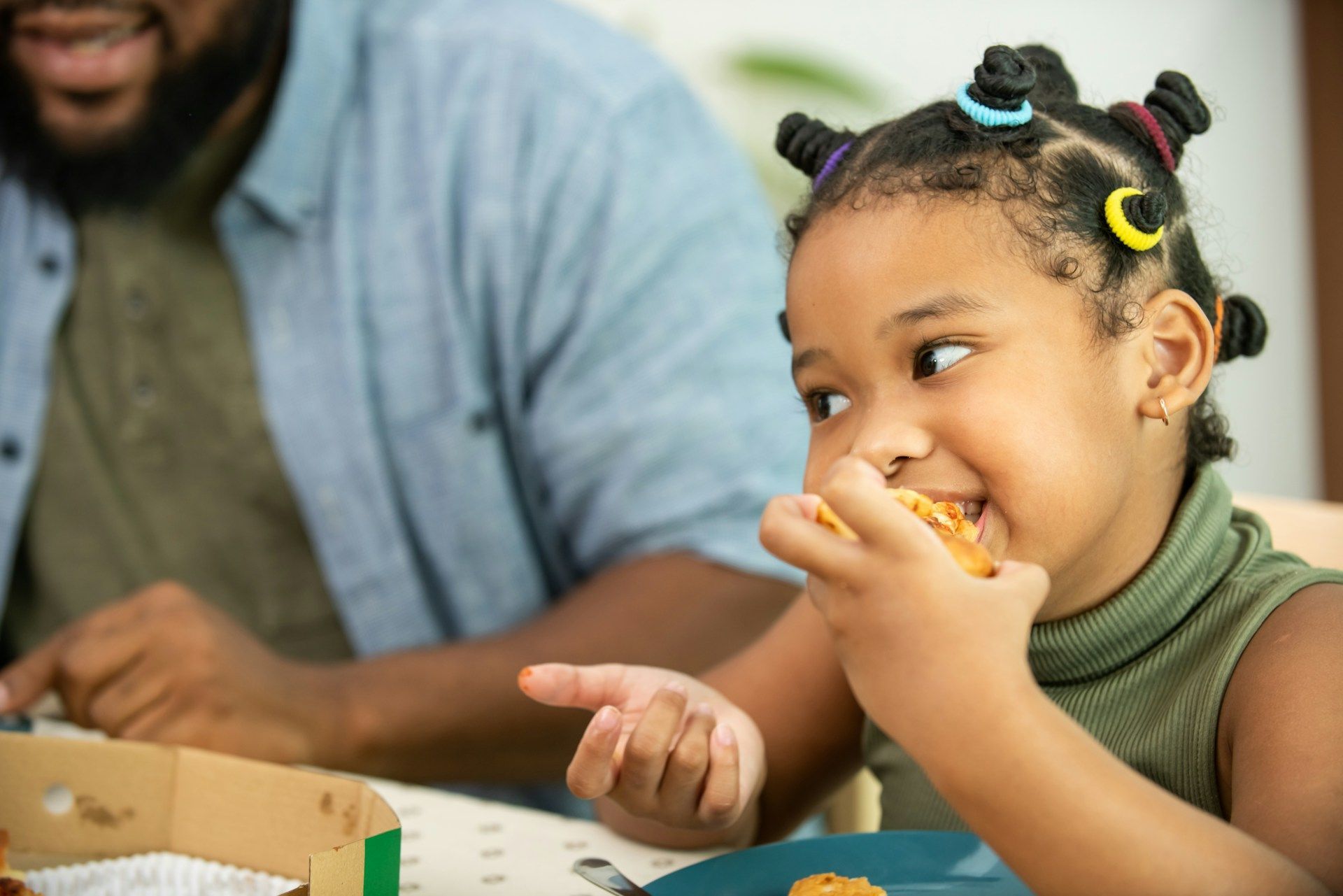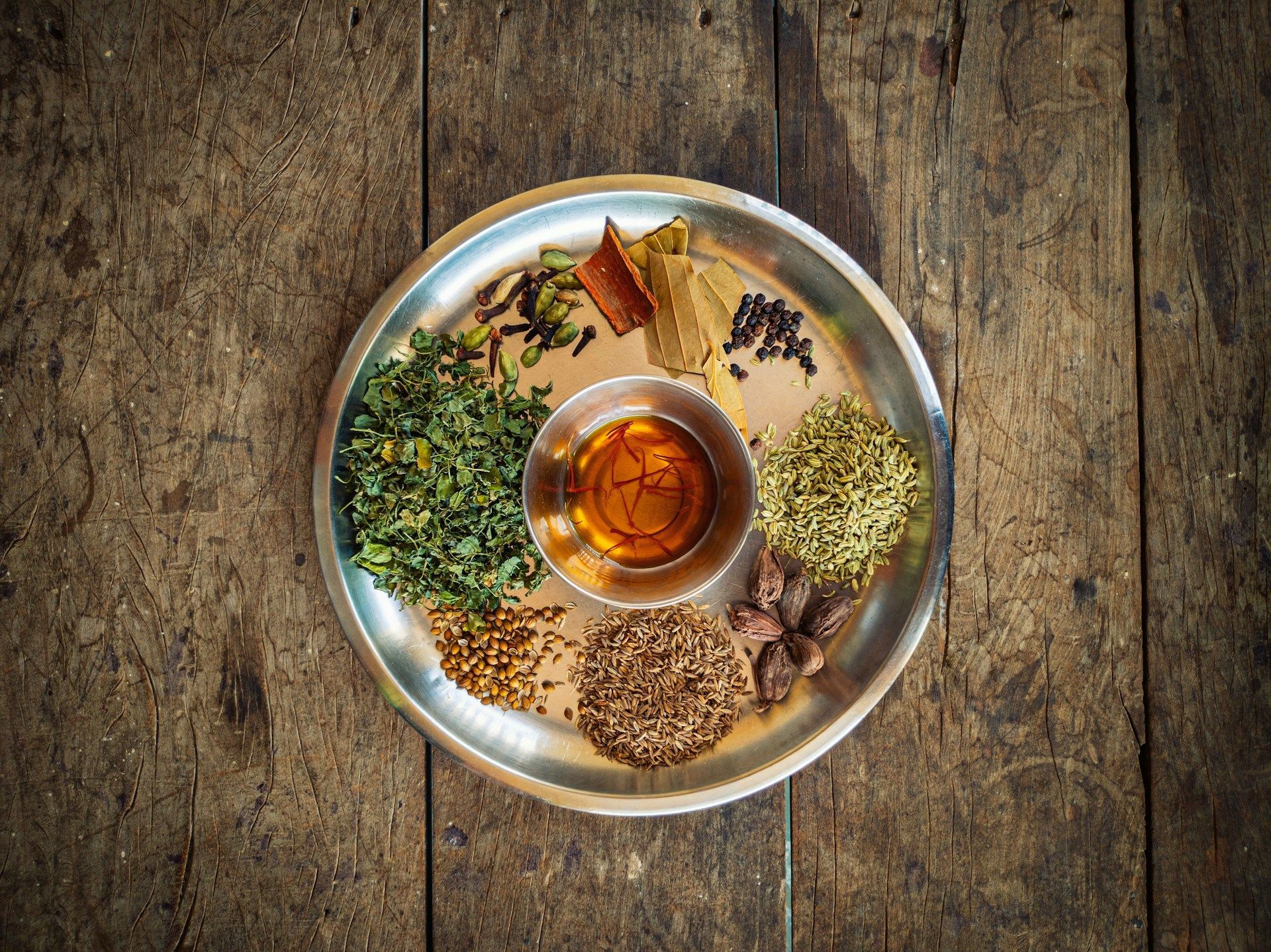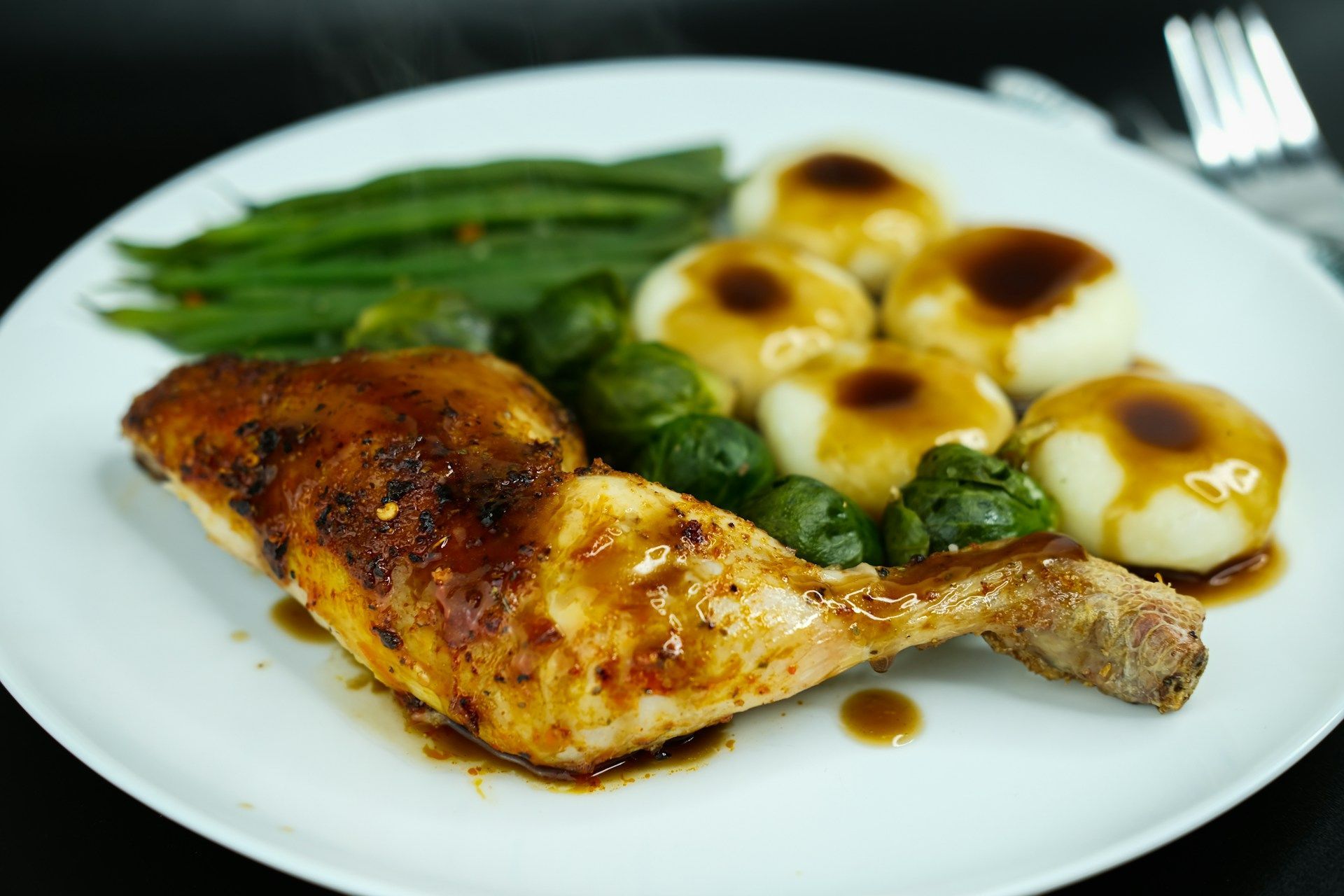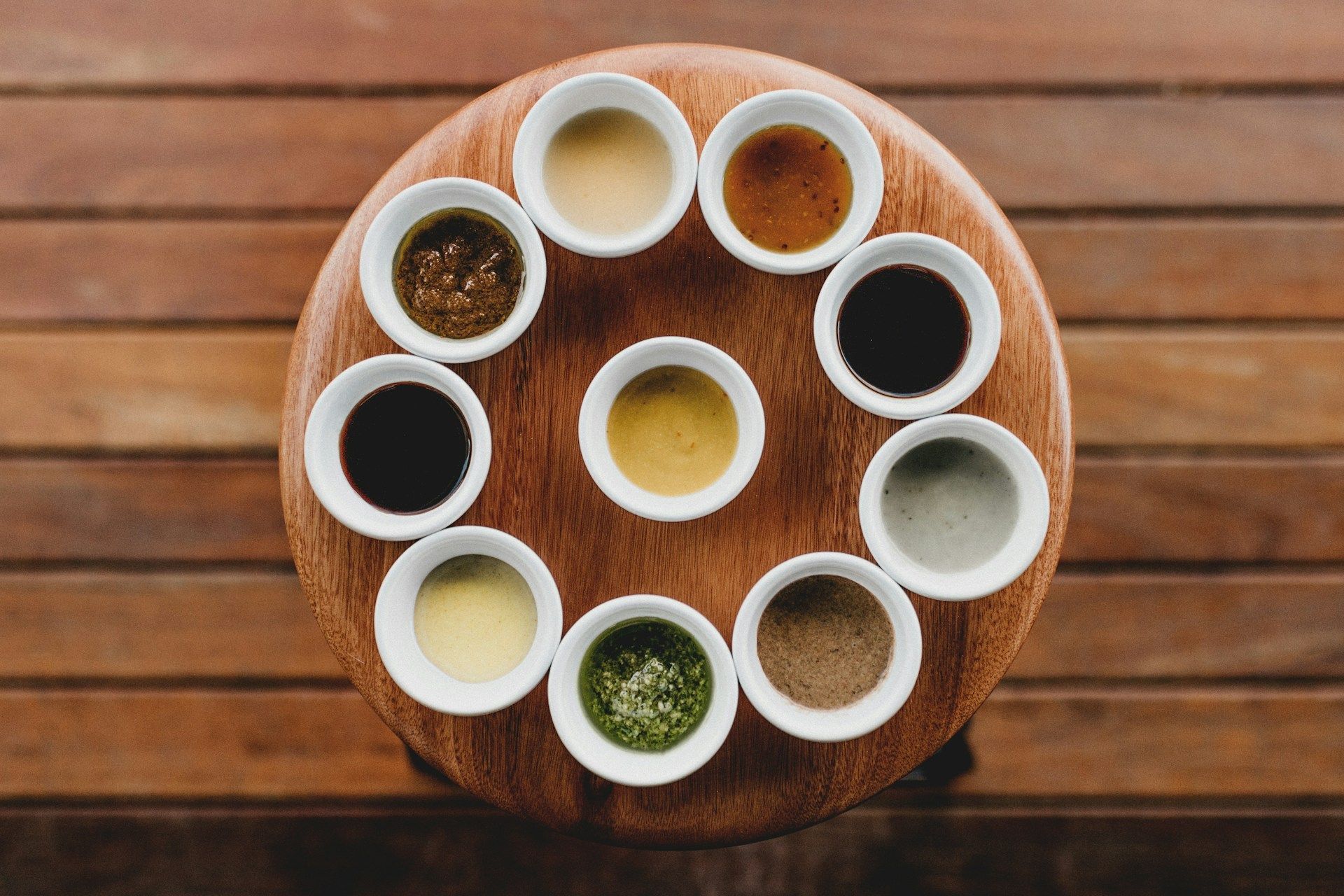The Basics of Indian Cuisine for Beginners - What to Know
9 July 2020
This is a subtitle for your new post
Indian cuisine can be intimidating, especially if you’ve only ever sampled Western food. There is so much variety across the region that nearly every restaurant experience is different from the rest, depending on the area from which the chefs originate.
And while it may take a lifetime to fully understand Indian cuisine, this guide might just give you a working knowledge of the basics—just enough to appreciate Indian food without feeling intimidated by the menu.
What are the types of Indian appetizers?
Indian street food is often used as appetizers in restaurants, and are often deep-fried and delicious snacks involving batter-coated ingredients dipped in various sauces.
Bhajji or Pakoras. Bhajji are crispy deep-fried balls of spicy chickpea batter often served with a mint sauce called chutney. There are varieties called onion bhajji, which involve adding thin slices of onion to chickpea.
Samosas. Samosa is a popular appetizer or street food, which involves a small amount of spiced potato or meat wrapped in dough, and then deep-fried until golden brown and crispy.
Vada Pav. Vadas are deep-fried dumplings or flattened potato patties, and pavs are plain dinner rolls. A vada pav is essentially a spicy vegetable slider where the dumpling is squeezed between two halves of a dinner roll.
The vada pav is often partnered with sauces like chutney or green mint.
The types of Indian bread
A lot of bread in Indian food is flat because of the type of flour and methods of cooking used to make them. Naan is the most common type of bread in Indian restaurants, but there are other types that are worth exploring.
Naan. Naan is made from wheat flour dough that is allowed to rise with yeast or yoghurt in the dough. It is then rolled flat and cooked in a Tandoor, which is an Indian type of oven. Naan sees regular use in many Indian restaurants.
Roti. Roti is more popular in homes, made with whole wheat flour kneaded into a soft dough. It is then cooked on an Indian skillet called a tava on top of a stove.
Poori. Poori are flat dough circles that are deep-fried in ghee or oil until they’re puffy and crispy on the outside, and typically served with aloo ki sazi or stir-fried potatoes.
Classic Indian meals
Tikka Masala. Tikka is Hindi for “small chunks,” while masala means a blend of spices. As such, a tikka masala is any type of vegetable or meat cooked with a masala spice blend and a sauce (typically tomato). Depending on the household or restaurant, everyone’s masala is different.
Chana masala. Chana or chole masala is a dish with chickpeas cooked in an onion, ginger, and garlic sauce with garam masala added to it. It is known for its spiciness and is typically served with either Bhature bread or Kulcha bread.
Saag Paneer. This dish, which is also known as Palak Paneer, is a delicious curry of spinach cooked with spices, with paneer added.
Rogan josh. This dish is partially influenced by Persian cuisine, which consists of pieces of lamb or mutton, served with a gravy of garlic, ginger, and aromatic spices like cloves, bay leaves, cardamom, and cinnamon. Some versions include a mix of onions or yoghurt.
Drinks
Chai. Chai is the Indian word for tea, made with milk, and black tea. Other spices such as ginger, cardamom, cinnamon, pepper, or even ginger can be added to turn it into a masala chai. It generally has a thick and creamy texture and is known for its warming feeling when consumed.
Lassi. Lassi is a sweet yoghurt drink made with thinned out yoghurt that is sweetened for flavour. Some cream is added to make it thick and rich. Fruit can be added for variety, such as mangoes and strawberries.
Chas. This is a savoury buttermilk drink that incorporates cumin, mint, and rock salt that is consumed as an aid for good digestion after meals.
Conclusion
Indian food has fantastic variety, and eating at an Indian restaurant can be a delicious experience especially if you know even the basics of Indian cuisine. It is perfect for someone looking to expand their palates into more complex flavour profiles outside their culture.
As for the best Indian food in London, give us at Tower Tandoori a call. We have over 40 years of experience preparing the best Indian food for Londoners of all shapes, ages, and sizes. Book a table and let us serve you today!
